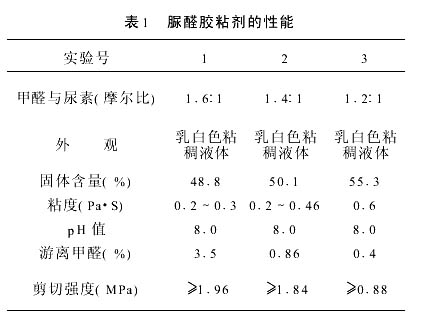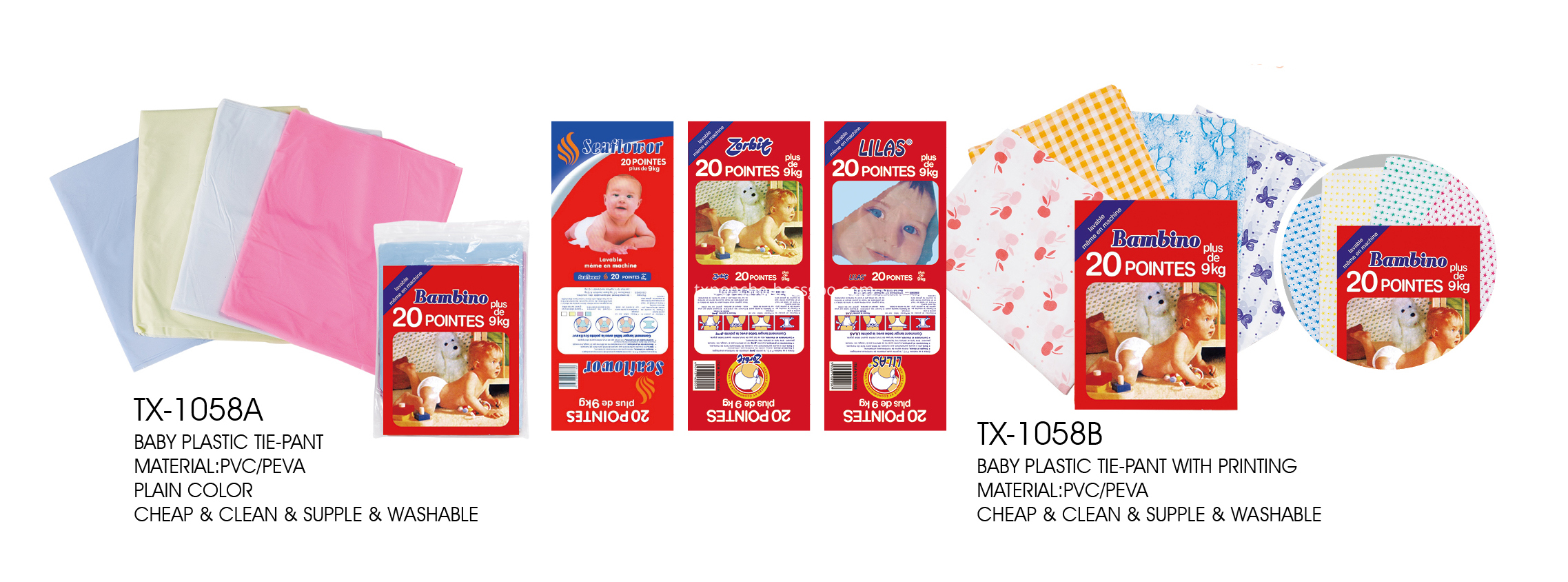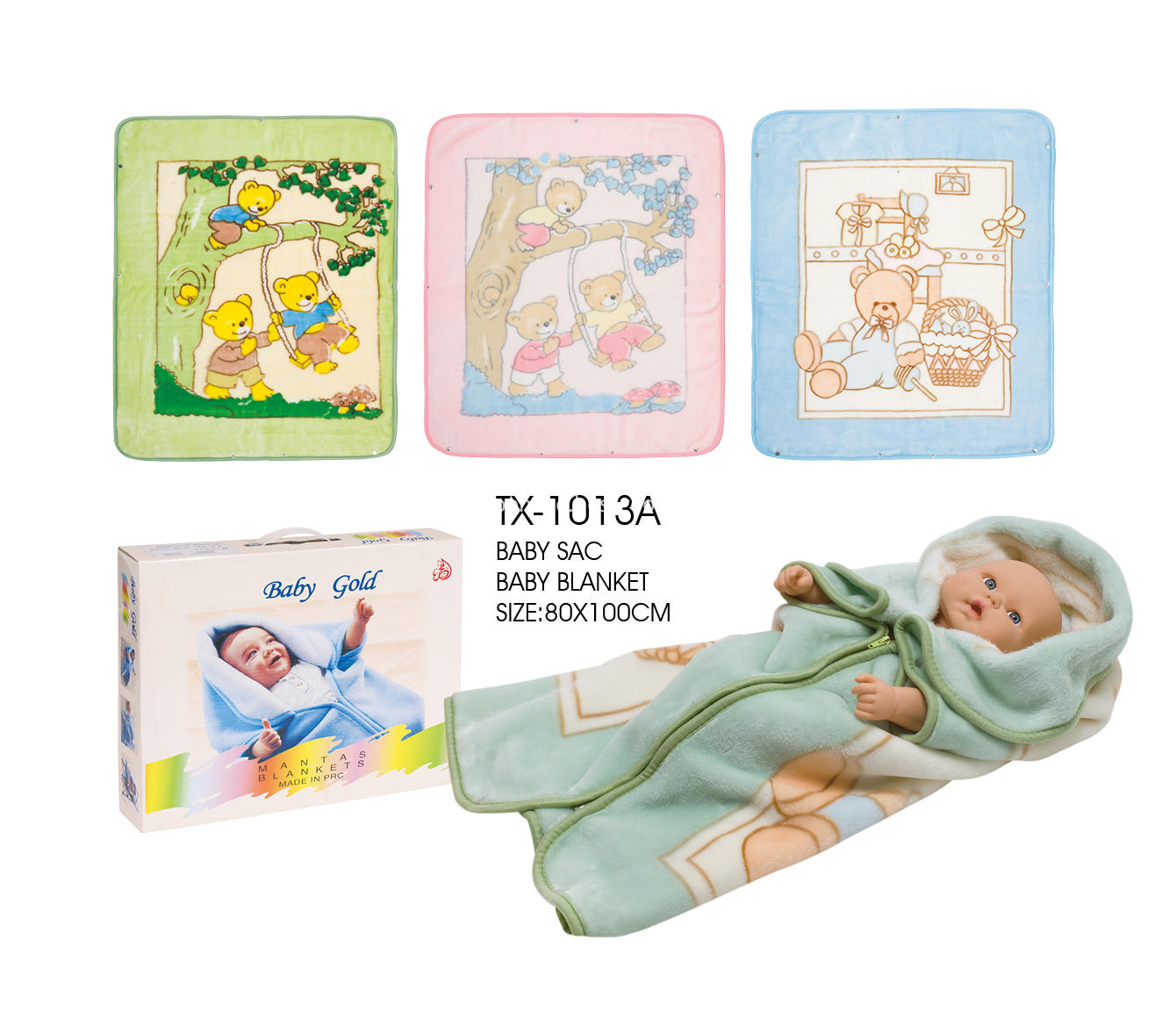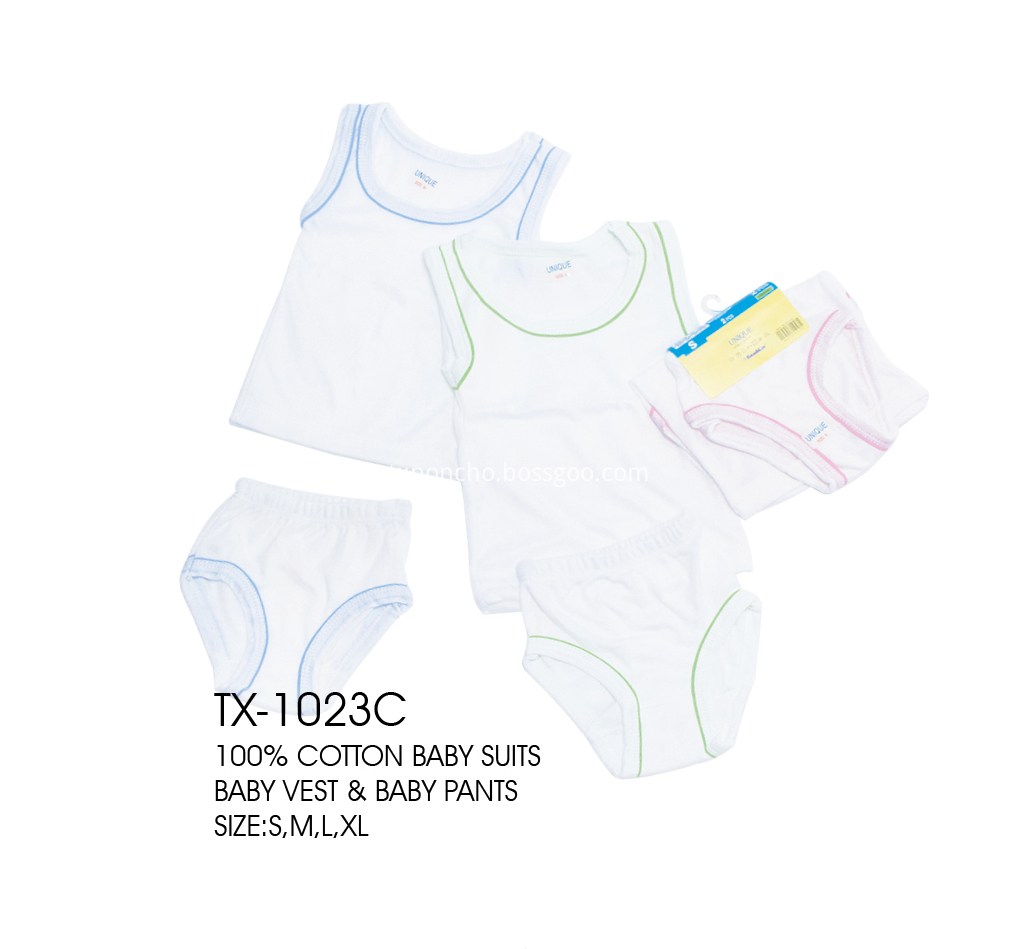1 Introduction
Urea-formaldehyde resin adhesives are widely used in the wood processing industry due to their low cost, easy availability of raw materials, ease of use, colorlessness, and high bonding strength. However, the main drawback of urea-aldehyde adhesives is high free formaldehyde content and high toxicity. In particular, some domestic small and medium-sized enterprises, the production and use of urea formaldehyde adhesive free formaldehyde content of up to 3 to 7%, which not only pollutes the environment, harms the physical and mental health of the producers, and because the products in the course of use, continue to release formaldehyde, also Affected consumers' health. In order to reduce the content of free formaldehyde, the synthesis process of urea-formaldehyde adhesive was studied in this paper and a certain effect was obtained.
2 experimental part
2.1 instrument electric mixer, water bath, electric furnace, balance, tensile testing machine, three bottles, thermometers and so on.
2.2 Reagents Formaldehyde: Analytical Pure (37%), Shijiazhuang Organic Chemical Plant; Urea: Industrial Grade, Shijiazhuang Yuanshi Fertilizer Factory; Ammonium Chloride: Analytical Pure, Beijing Chemical Plant; Sodium Hydroxide: Analytical Pure, Xinji Chemical Experiment plant.
2.3 The molar ratio of formaldehyde to urea in the resin synthesis process is 1 60:1, 1 40:1, and 1 20:1. The urea was added in three portions, 70% of the total amount of urea was added for the first time, the second time was 25% of the total amount, and the third time was 5% of the total amount. The specific process is as follows: Formaldehyde is added to a three-necked flask, the stirrer is started, and the pH is adjusted to 7. 8 to 8.2 with NaOH solution (15%). After adding the first urea and reacting at a certain temperature for a certain period of time, the second urea is added, the temperature is raised, and after a period of incubation, the pH is adjusted to 5-6 with NH4Cl solution (20%). Continue the heat preservation reaction. When the reaction liquid appears white turbidity, test the end point, reach the end point, immediately cool down with cold water, add the third urea, when the temperature drops below 40°C, adjust the pH to 8 with NaOH solution (15%). 0 or so, discharge.

3 test results and conclusions
3 1 Product Performance Index
3 2 Conclusion
(1) It can be seen from FIG. 1 that as the molar ratio increases, the bonding strength gradually increases, and when the molar ratio reaches 1.4:1, the bonding strength increases very slowly. As can be seen from FIG. 2 , as the molar ratio increases, the free aldehyde content gradually increases, and when the molar ratio reaches a ratio of 1.4:1, the free aldehyde content increases very quickly. From the above two figures, it can be seen that the molar ratio of formaldehyde to urea of ​​1.4:1 is suitable, when the free aldehyde content is low, the bonding strength is high, and the bonding strength reaches the standard specified in GB738-75.

(2) This experiment adopts three times feeding. The first stage of the reaction between urea and formaldehyde is addition reaction. The number of moles of formaldehyde is high, which is conducive to the formation of dimethylolurea and plays an important role in the bonding strength and adhesive stability. In the second stage, the molar number of formaldehyde is low, and the free aldehyde is naturally reduced in the reaction. The addition of the third batch facilitates the capture of unreacted formaldehyde, so feeding three times will help reduce the free formaldehyde content.
(3) The key to synthesis lies in the control of temperature and pH. If the control is not good, the light will make the viscosity of the glue too large, the water solubility of the resin will be poor, the storage period will be shortened, and gelation will occur in severe cases.
(4) In the production process, the dehydration process is adopted, the equipment is simple, the production cycle is short, the time saving, the energy saving and the cost are low.
(5) The molar ratio of formaldehyde to urea can be reduced again, but when the molar ratio is reduced to 1 05:1, the obtained adhesive has a short service life, poor initial viscosity, prolonged curing time, and the physical and chemical properties of the sheet are also reduced. . Therefore, a significant reduction in the molar ratio is not the only solution.
all kinds of Baby Items, and we have own brands such as Bambino, Seaflower, Zorbit that very popular in Africa



We have thousands of different products for customer to choose and customer could mix different products into one container.
We can make small trial orders for customer to help customer to start the business or make the investment risk as low as possible.
We have professional quality control teams to make every shipment goods perfect and customer doesn't need worry about the quality problem to hurt his business reputation.
We could also help customer to order directly with factories and customer just need pay us a reasonable commission, thus customer could get factory-direct cost price and no need to worry about too many factories controlling problem, this is a real B to B business mode and fully one stop purchasing service support.
If you are interested in such business, you just need to contact us and only need to try from small orders and of course you could also check our business reputation from our other worldwide customers.
Baby Items
Baby Items,Baby Clothes,Baby Diapers,Baby Blanket
Zhaoxian Tengxing Plastic Fashion Co., Ltd , http://www.goodraincoat.com